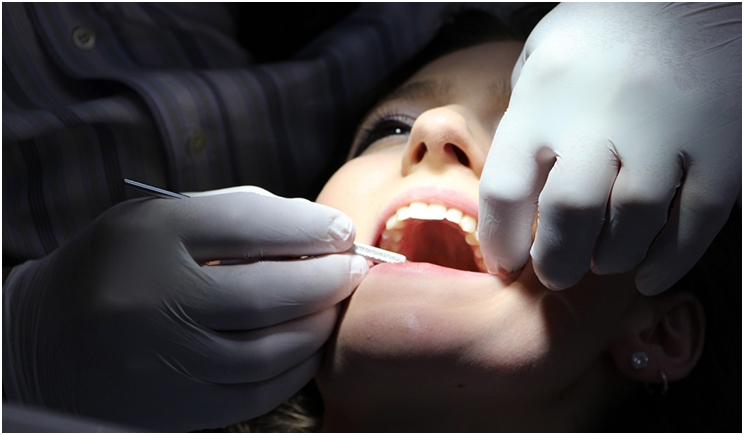Dentist
Advances in Stem Cell Research Promise Dental Regeneration
Adam S. Harwood, DMD
The tooth fairy may have been on to something when he started collecting baby teeth from young children in exchange for loose change. Right now, stem cell researchers see great promise and value in teeth, especially baby teeth, chiefly for the abundant number and quality of the stem cells cached away in them.
Most of the body’s stem cells are difficult to extract, found in fewer numbers, buried deep in tissues adjacent to similar-looking surrounding cells. But stem cells found in teeth are numerous and readily extractible. What’s more, dental stem cells appear to be among the fastest replicating stem cells discovered to date.
Dental stem cells can be easily extracted and preserved for future medical treatments, but what’s really exciting dentistry is recent research that suggests they can be used to regrow teeth lost to decay. Pre-clinical findings suggest that the days of mercury-lade amalgam fillings may be numbered, replaced by a new mixture, containing stem cells, that will stimulate the dental pulp into producing its own replacement tissue.
Stem cell research on humans has not yet been approved in the United States, so the experimentation to date has been conducted on laboratory mice. That said, the findings from this research clearly indicate that stem cells found in molars, wisdom teeth, and baby teeth can be injected into a decaying tooth, resulting in the rapid growth of replacement tissue and blood vessels. Researchers have been able to regrow entire sets of teeth in these mice.
Synthetic biomaterials that have been separately developed by researchers at Harvard University, the University of Texas, and Britain’s University of Nottingham back these findings and have been shown to kickstart dental pulp regeneration in the surrounding dentin.
This is exciting news, as saving a patient’s natural tooth is always the preferred outcome. Implants and dentures come with their own potential problems and generally aren’t as strong or comfortable as the real thing. The new stem cell research suggests that decay caught early enough could be reversed, thus preserving a patient’s tooth and eradicating the need for procedures like root canals or reconstructive replacement. It’s also a huge step forward to be treating teeth with biomaterials rather than other synthetics, which may eventually break down and interact with the body’s chemistry.
Because it already has been greenlighted for other non-dental afflictions, the low-cost experimental drug Tideglusib shows particular promise for securing fast-tracked approval. The drug has been shown effective in stopping tooth decay. And with some 18 million dental procedures expected to be carried between 2017 and 2024, as the world’s senior population continues to grow, there’s a ready market available for these types of applications.
With millions of dental stem cells being handed over to the tooth fairy each year, it’s a shame human trials are still a ways off. But it is promising to see applications for stem cell research continue to progress, and perhaps one day soon dental regeneration will become the new norm.
Dr. Harwood is a graduate of the Tufts University School of Dental Medicine with an advanced degree in endodontics. He was the first endodontist in New York to use a surgical operating microscope. Also, he is a member of the ADA and a specialist member of the American Association of Endodontists. He has taught endodontics at the Tufts University School of Dental Medicine, New York University School of Dentistry, and the Metropolitan Hospital Center.


